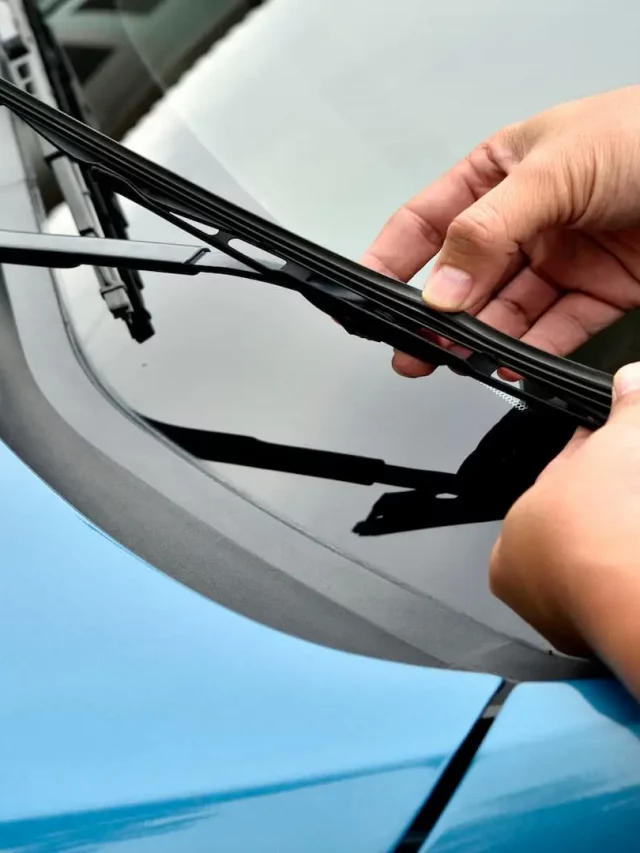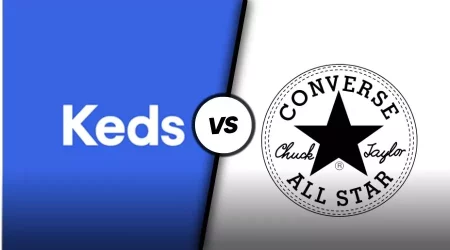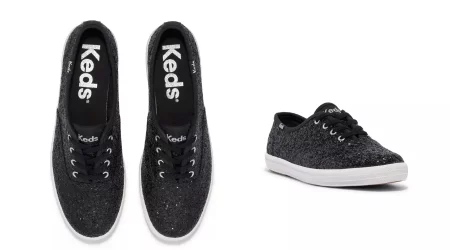You may entertain your guests with high-quality decking planks, enjoy alfresco dining under the stars, and relax in the summer warmth. It is also critical to select a high-quality decking material that’s long-lasting, safe, and weather-resistant. Decking boards are deck-building planks that arrive pre-cut and ready to install in various lengths and materials. Decking is ideal for multiple applications, including creating usable outdoor spaces that connect living rooms to the outside. Moreover, you can buy the best quality timber deckboards from the official Dunelm website. However, it is optional to buy according to the pre-decided ideas. You can always create a view for timber decking for balcony per your requirements and choice and make that look accordingly.
What Materials Comprise Decking Boards?
You can create Timber Deckboards from various materials, including combinations of many. Softwood, hardwood, and composite decking planks are the most frequent. The unique needs of your project will determine the material you pick for your decking boards. Consider the area you want to deck if it has sloping land, the decking will be in heavy traffic areas, and your budget and personal taste.
What Is The Best Decking Material To Use?
When deciding on the ideal decking board material for you, several elements must be considered, including pricing, maintenance levels, usefulness, the convenience of installation, environmental effect, and overall appearance and design. To assist you in selecting the best decking board, we examined the essential properties of the four most common materials.
Different Types of Timber Deckboards
There are four different types of timber deckboards that you can consider purchasing if you are planning to renovate your balcony or any other space. These four timber deckboards have different properties and serve different purposes. Therefore, it is advisable to research all the timber deckboards and then purchase accordingly. The list of the four types of timber deckboards is as follows:
1. Softwood Decking

Redwood and Douglas Fir are the most robust and durable softwood decking materials. They are also naturally resistant to rot, and insect infestation and have a pleasing appearance, so they are worth considering, especially if you’re seeking low-cost solutions. English Larch, Siberian Larch, and Continental Redwood are also excellent candidates since they are highly resinous and exceedingly hard-wearing, ranking these woods among the most challenging and durable softwoods on the planet.
Furthermore, softwood is the most commonly utilized timber for decking. Softwood is the most economical decking material to operate due to its availability. It is trendy in the business because of its adaptability. Because of its popularity, conventional, heavy-duty, and non-slip decking boards are available in several sizes and varieties. Always search for an extended warranty when purchasing timber decking. Because decking joists will be in touch with the ground, they must be well protected from decay and insect assault. A high-quality timber decking with a lengthy lifetime warranty will last 25-30 years.
2. Hardwood Boards
Although these boards consist of natural materials, the initial cost is more significant. Hardwood trees grow slowly, and converting the timber into useable decking planks is time-consuming, so the initial cost and carbon footprint will be substantially greater than alternatives. Hardwood decking planks are also more challenging to cut and drill, necessitating expert installation or specialized tools, raising the entire cost. Hardwood timber deckboards can survive a very long period; if properly maintained, a hardwood deck can last 30-50 years.
When it comes to making a stylish, long-lasting deck, hardwood decking is a popular choice. Hardwoods are primarily derived from deciduous trees that shed their leaves each year, such as ash, beech, and oak, and are inherently robust and characterful. The natural oils that help prevent fungal deterioration and insect infestation are one of the reasons hardwood is typical as a high-quality decking material. Although English Oak is a popular choice in the UK, Yellow Balau is also a popular species for hardwood decking due to its heavy and sturdy timber with an even grain well suited to deck construction.
3. Composite Decking

Composite decking is an artificial product comprised of wood fibers, polymers, and a few bonding agents. This moisture-resistant decking comes in various textures, colors, and patterns. Composite timber deckboards often come tongue-in-groove, and as hybrid decking wood milling methods have improved, producers can now make realistic-looking surfaces with good long-term durability. Composite decking comprises recycled wood and plastic blended with a bonding agent, heated, and shaped into board shapes. It comes in various colors and wood grain textures to customize decking to your taste. This style of decking has a life expectancy of 25-30 years.
Because it comprises plastic, it is customary to believe that a composite deck will not decay. However, owing to the combination of wood and plastic, composite decking is still prone to rot and must be adequately maintained to avoid decay. Although composite decking consists of recycled materials, it is not recyclable once installed.
4. PVC Timber Deckboards
This type of board is similar to composite but is composed entirely of plastic with no extra organic fibers, making it utterly recyclable after usage. It is simple to install and requires little upkeep, but it can have a synthetic, artificial appearance. PVC decking is also the most costly board form and needs to produce a clean-cut edge when cut to size on the job. It can leave plastic particles behind when sliced, similar to composite decking. In terms of lifespan, capped polymer boards should last at least 25 years and maybe 50 years, with some manufacturers even providing stain and fade guarantees for this period.
Conclusion
The four timber deckboards above are worth considering if you want to build a beautiful, dependable, and long-lasting deck. If price were not an issue, English Oak would be the ideal choice, providing unrivaled strength and character. Although most decking goods in the UK are manufactured from softwood boards since they are easy to work with, widely accessible, and less expensive; however, composite decking is also gaining popularity. Moreover, you can check out the official Savewithnerds website for more such articles.













